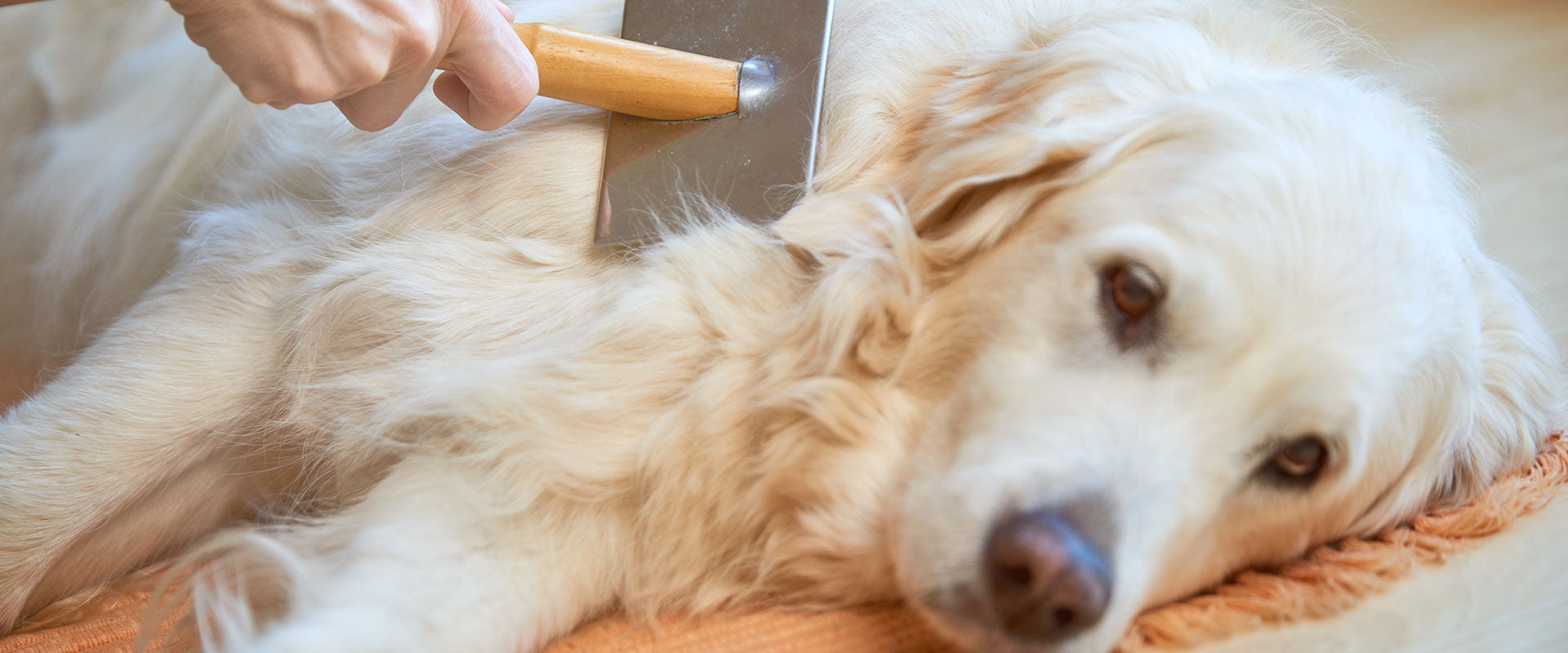
5 Signs Of A Poorly Socialized Dog & What To Do About It
At the age of 8 to 16 weeks, puppies will start to evaluate their surroundings. This is the point at which they realize that other puppies can be friendly buddies and that unfamiliar humans are not scary, which is why it’s important to socialize your dog at an early age.
However, not every dog is fortunate enough to begin in a setting that allows for healthy ways of socializing. This could happen with elderly shelter dogs that have been rescued from abusive or negligent conditions. It could also occur among dogs who did not have the chance to socialize as puppies, for instance during the COVID-19 lockdown periods. For these pups, it can be very frightening to meet new humans or other pets.
It can be difficult to live with a poorly socialized dog, whether you're worried he'll injure another dog out of fear aggression or it pains you seeing your dog so scared all the time. However, there are steps you can take to ensure that stepping out in public is safe for yourself, your dog, and everyone else your dog comes into contact with. Here are five signs of a poorly socialized dog and what to do about it.
Indicators that a Dog Is Poorly Socialized
Here are the most typical behavioral signs that a dog hasn't been properly socialized:
- Fear or aggression while out for a stroll, despite there being no other humans or dogs present.
- Fear in the presence of unknown people and dogs, including looking away, hiding away, tucking his tail, licking his lips, flattening his ears, and yawning constantly.
- Aggression in the presence of unknown people and dogs, including perked ears, incessant barking, growling, snarling, snapping, and intense glaring.
- Retreating or flaring the hairs on his back when another human or dog approaches.
- Excessive excitement when meeting other humans and dogs.
How to Help a Poorly Socialized Dog
- Choose a Short Lead: If your dog is always nervous or reactive and prone to charging at another dog, choosing a lead that’s a maximum of four-feet long is an effective solution for keeping him in check.
- Commit to Training Him: If you find your dog isn't properly socialized, investing in obedience training is the greatest way to rehabilitate him. To begin, ensure your dog understands the standard sit-stay-come commands, all of which would come in handy each time your dog exhibits timid or hostile behavior. You may start socializing your dog yourself but this is only recommended for dogs who are only mildly timid. For extremely apprehensive and aggressive canines, engaging a qualified trainer would be ideal.
- Consider Using a Muzzle: If your dog has charged, snarled, or nipped at humans or other dogs, regardless if he’s never bitten anybody, a muzzle can give you the assurance that nothing terrible will go down. However, take into account that muzzles should only be employed when your dog is likely to misbehave. Never push your dog into distressing situations merely because he is donning the muzzle. If the dog park is triggering for your dog, the muzzle will have no effect on how he reacts, therefore it's best not to go. Otherwise, he will associate putting on the muzzle with a stressful time, leaving him less willing to wear it when it’s really needed.



